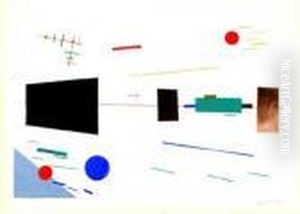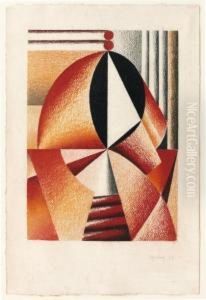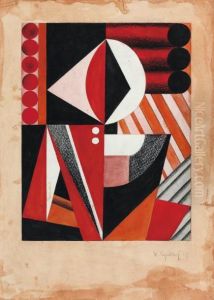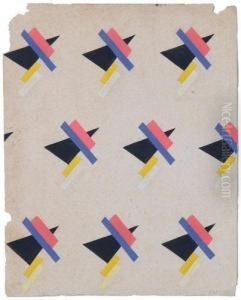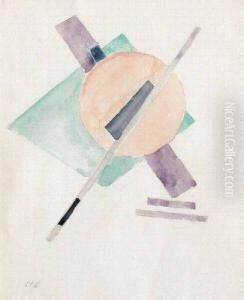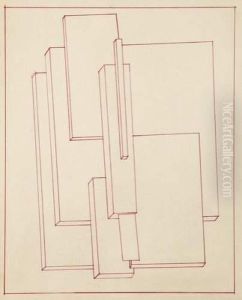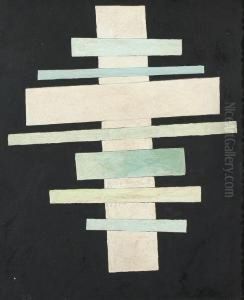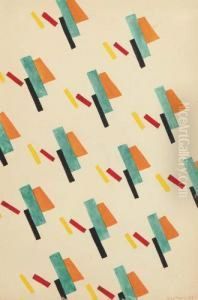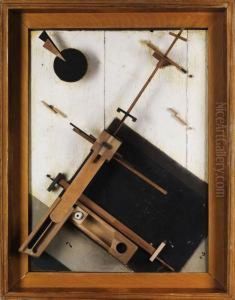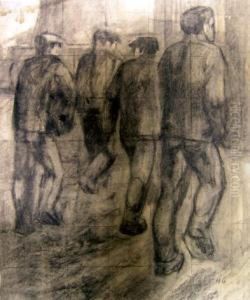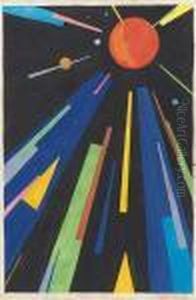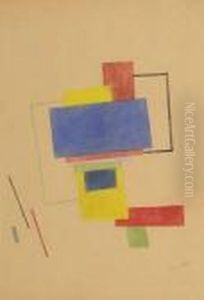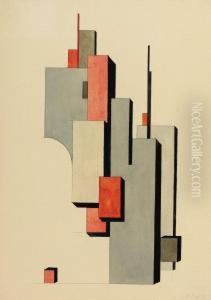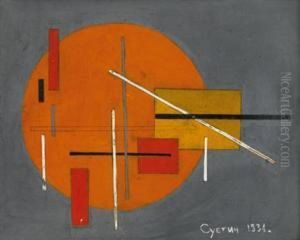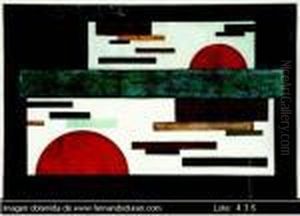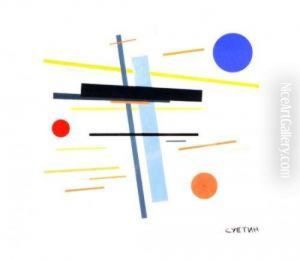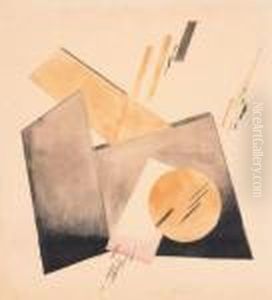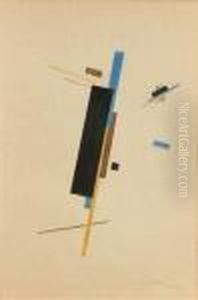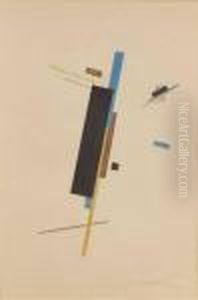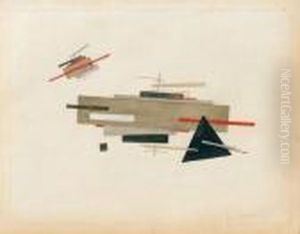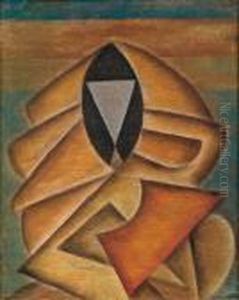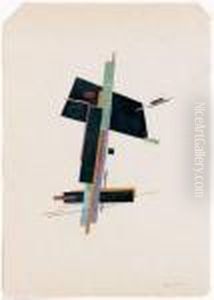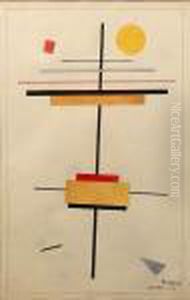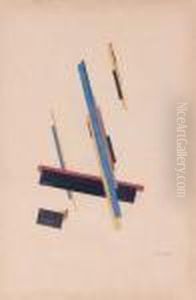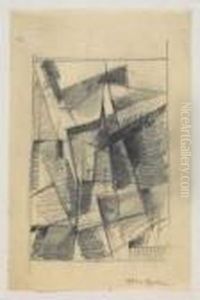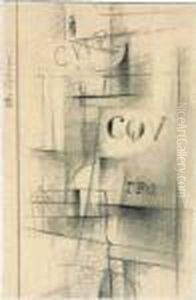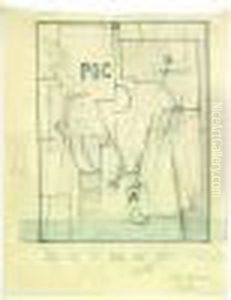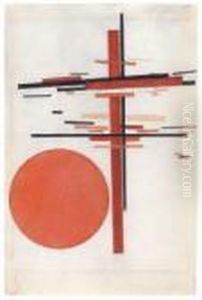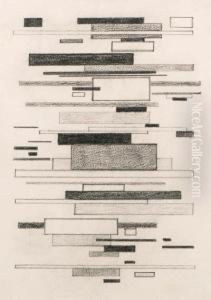Nikolai Suetin Paintings
Nikolai Suetin was a prominent Russian artist known for his work in Suprematism, a movement focused on basic geometric forms and created by Kazimir Malevich. Suetin was born on July 5, 1897, in the Russian Empire and became one of the key figures in the development of Suprematist art and theory.
Suetin studied at the Vitebsk Art School, where he was profoundly influenced by Malevich, who was a teacher there. Through his mentorship, Suetin immersed himself in the avant-garde environment, which was ripe with artistic innovation and philosophical explorations of abstraction. He became an active participant in the Suprematist movement, working closely with Malevich and other artists like El Lissitzky.
Throughout the 1920s, Suetin created a range of Suprematist works, including paintings, drawings, and ceramics. His creations were characterized by a rigorous adherence to Suprematist principles, emphasizing pure abstraction and the use of primary geometric shapes, such as circles, squares, and lines, often in dynamic compositions.
In addition to his artistic practice, Suetin was involved in pedagogy and design. He taught at the Vitebsk Art School and later at the Leningrad Institute of Artistic Culture. His design work extended to various fields, including the creation of Suprematist porcelain, which merged the aesthetic of Suprematism with functional objects, and graphic design, where he applied abstract principles to book covers and other printed materials.
Suetin's work was not limited to flat surfaces; he also ventured into architectural projects. Along with Ilya Chashnik, he collaborated on the design of the 'Suprematist Architectons,' which were visionary architectural models that expressed Suprematist ideals in three-dimensional form.
During the later stages of his career, Suetin's work was affected by the changing political climate in the Soviet Union, which demanded more representational and socially oriented art. Despite this, he continued to work within the constraints of the era, adapting his style to fit the prescribed socialist realism when necessary while maintaining his connection to Suprematist ideology.
Nikolai Suetin's legacy is significant in the history of Russian avant-garde art. His contributions to Suprematism extended beyond his own artistic production, influencing the realms of design, architecture, and education. He died on September 29, 1954, leaving behind a body of work that continues to be celebrated for its visionary qualities and its impact on the trajectory of modern art.
